I noticed my games were lagging, and my GPU memory was almost full due to the Desktop Window Manager (DWM). After restarting the DWM process and turning off transparency effects, my system felt much smoother. Updating my GPU drivers also helped, freeing up more memory and improving overall performance.
To free up GPU memory from DWM, restart the DWM process, update GPU drivers, disable transparency effects, and close unnecessary apps using GPU resources.
Is your PC lagging? Learn How to Free Up All Dedicated GPU Memory From DWM with simple steps to boost performance and optimize your GPU for smoother gaming and multitasking!
What Is Desktop Window Manager (DWM)?
The Desktop Window Manager, also known as dwm.exe, is a Windows process that enables modern graphical features like:
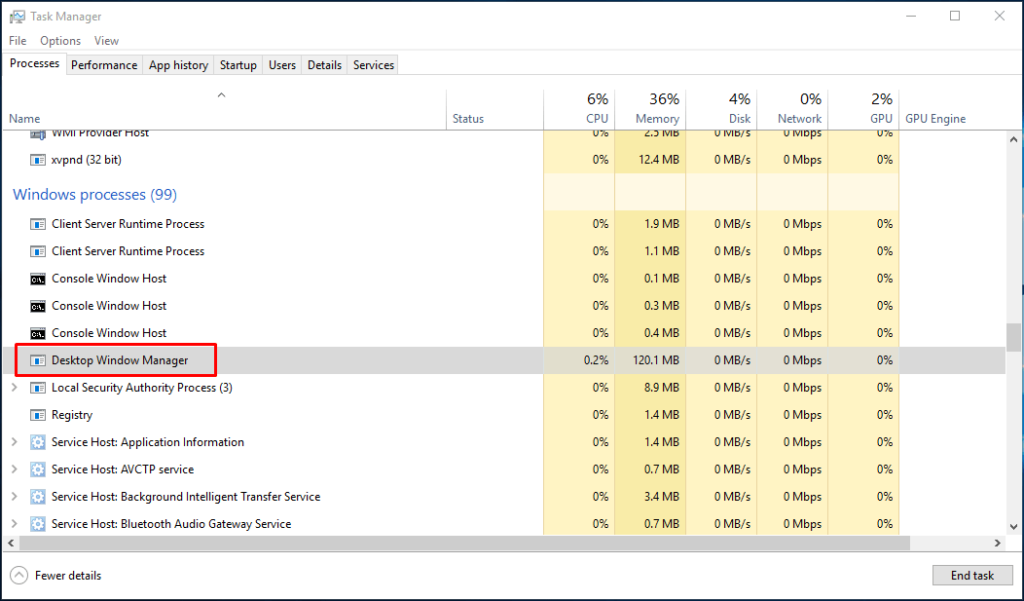
- Transparent window effects.
- Live taskbar thumbnails.
- Multi-monitor support.
- High-DPI scaling.
DWM leverages your GPU to render these features efficiently, but it can sometimes overuse GPU memory due to misconfigurations, outdated drivers, or resource-heavy applications.
Why Is It Essential To Free Up Dedicated GPU Memory From DWM?
Freeing up GPU memory from DWM is crucial in situations such as:
- Gaming Performance: If your games stutter or have low frame rates, excessive DWM memory usage might be the cause.
- Video Editing and Rendering: DWM can interfere with professional workflows by reserving GPU memory.
- Low-End Hardware: On older systems or laptops with limited GPU resources, DWM memory usage can hinder overall performance.
- Smooth Multitasking: If you notice lagging animations or delayed responses when multitasking, optimizing DWM can help.
Also Read: Is Rust CPU Or GPU Heavy – Maximize Rust Efficiency Today!
How To Free Up All Dedicated GPU Memory From DWM? – Effective Methods!
Here’s a step-by-step guide to regain control over your GPU memory.
1. Restart the Desktop Window Manager Process:
Restarting DWM is the simplest way to refresh its GPU memory usage. Here’s how:
- Press Ctrl + Shift + Esc to open the Task Manager.
- Locate Desktop Window Manager (dwm.exe) under the Processes tab.
- Right-click on it and select End Task.
- Windows will automatically restart the DWM process.
Note: This action will momentarily refresh your desktop, but it’s completely safe.
2. Update Your GPU Drivers:
Outdated GPU drivers are a common cause of high DWM memory usage. Keeping them up to date can optimize memory management and resolve compatibility issues.
Steps to Update GPU Drivers:
- For NVIDIA GPUs:
- Download the latest drivers via GeForce Experience.
- For AMD GPUs:
- Use AMD Software to update your drivers.
- For Intel GPUs:
- Access the Intel Graphics Command Center for updates.
Ensure you perform a clean installation by selecting the Custom Install option during the setup and enabling the Perform a clean installation checkbox.
3. Disable Transparency Effects:
Transparency effects can increase GPU memory usage as DWM processes these graphical elements in real time. Disabling them can reduce the load.
Steps to Disable Transparency Effects:
- Open Settings (Win + I).
- Go to Personalization > Colors.
- Toggle off Transparency Effects.
This small change can significantly reduce DWM’s GPU demands without compromising usability.
4. Adjust Performance Settings for Best Performance:
Tweaking Windows performance settings can reduce visual effects, making DWM less GPU-intensive.
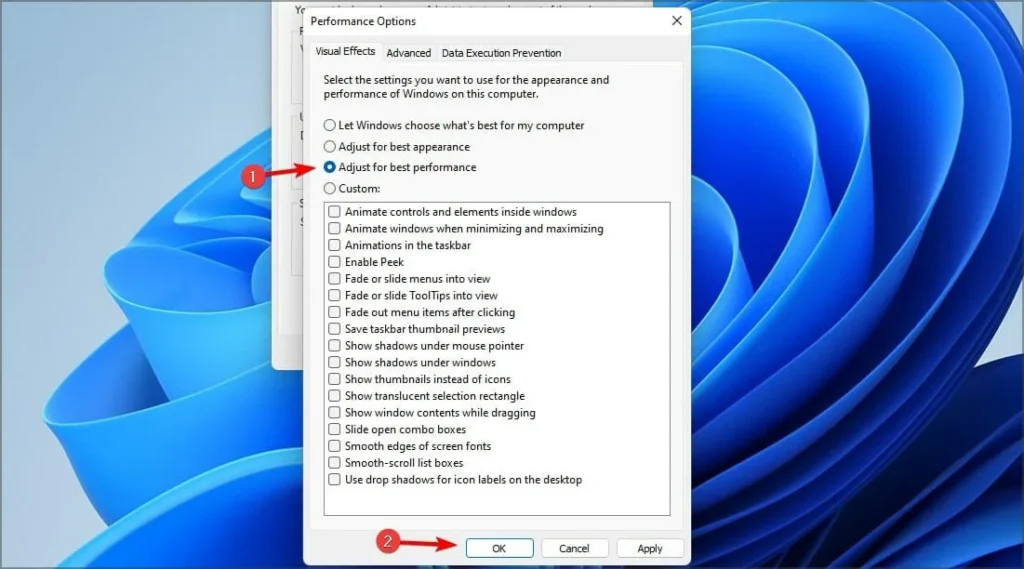
Steps to Adjust Performance Settings:
- Right-click on This PC and select Properties.
- Click Advanced system settings on the left panel.
- Under the Performance section, click Settings.
- In the Performance Options window, select Adjust for best performance.
This will disable most visual effects, focusing system resources on functionality rather than appearance.
5. Close Background Applications:
Certain background applications, such as screen recorders, remote desktop tools, or live wallpaper apps, can increase GPU memory usage by DWM. Identifying and closing these apps can free up resources.
How to Identify Resource-Intensive Apps:
- Open Task Manager (Ctrl + Shift + Esc).
- Check the Processes tab for apps with high GPU usage.
- Right-click and select End Task for unnecessary apps.
6. Disable Hardware-Accelerated GPU Scheduling (Optional):
Hardware-accelerated GPU scheduling is a Windows feature designed to reduce latency and improve performance. However, on some systems, it can lead to higher DWM GPU usage. Disabling it can help.
Steps to Disable Hardware-Accelerated GPU Scheduling:
- Open Settings > System > Display > Graphics Settings.
- Toggle Hardware-accelerated GPU scheduling to Off.
Restart your system for the changes to take effect.
Also Read: Can I Use A CPU Cable For GPU – Choose The Right Cable Now!
7. Check for Windows Updates:
Windows updates often include bug fixes and optimizations for processes like DWM. Keeping your system up to date can prevent unnecessary GPU memory usage.
Steps to Update Windows:
- Open Settings (Win + I).
- Go to Update & Security > Windows Update.
- Click Check for updates and install any available updates.
8. Restart Your Computer:
If all else fails, restarting your computer can clear GPU memory, reset DWM, and resolve temporary issues. Make this a routine step to ensure smooth performance.
9. Upgrade Your Hardware (Long-Term Solution):
If you’re consistently facing GPU memory issues despite optimizations, it might be time to upgrade your hardware. Consider:
- Adding more VRAM: A GPU with higher VRAM can handle more tasks simultaneously.
- Upgrading to a modern GPU: Newer GPUs are more efficient in managing memory and multitasking.
How To Fix DWM High GPU Usage?
To fix DWM high GPU usage, update your graphics driver, close unnecessary apps, and reduce animations or transparency effects in display settings. Ensure your system is malware-free and restart your PC to reset the Desktop Window Manager. If the issue persists, check for Windows updates or consider adjusting power settings to optimize GPU performance.
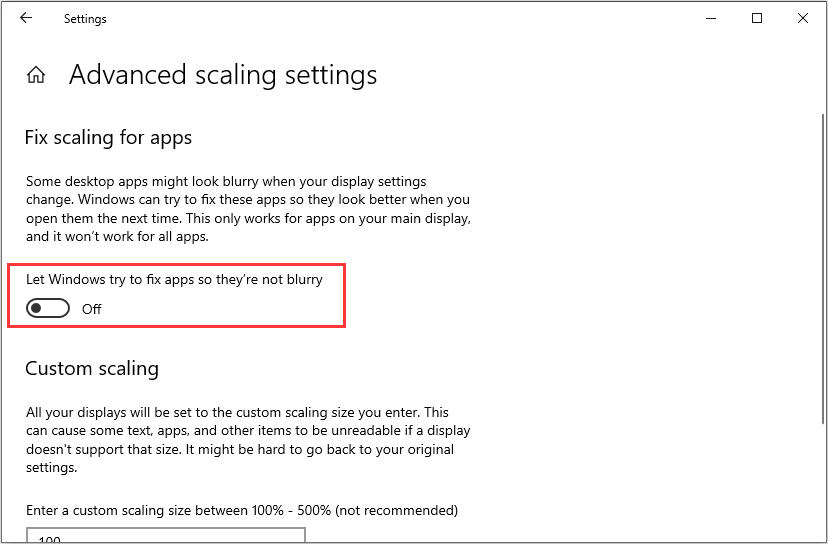
How Do I Free Up Allocated GPU Memory?
To free up allocated GPU memory, restart your computer to reset memory usage. Close apps using GPU resources, update graphics drivers, and lower graphics settings in your system. Disable unnecessary visual effects or features like hardware acceleration in apps. These steps help optimize GPU memory and improve performance without requiring advanced technical adjustments.
How To Fix DWM High Memory Usage?
To fix DWM high memory usage, update your graphics driver, reduce visual effects in system settings, and close unused apps. Disable transparency effects in the personalization menu and restart your PC to reset memory usage. If the issue persists, ensure Windows is up-to-date or consider upgrading hardware to handle graphics demands more efficiently.
Also Read: How To Create A List In Pytorch GPU – Complete Guide 2025!
What Happens If Dedicated GPU Memory Is Full?
When dedicated GPU memory is full, your system uses slower shared memory from RAM, causing performance drops, stuttering, or lag in games and applications. To avoid this, lower graphics settings, close unnecessary programs, or upgrade to a GPU with more memory. Managing resources efficiently helps maintain smooth performance without overloading your GPU memory.
Will Disabling Transparency Effects Improve Performance?
Yes, disabling transparency effects can improve performance, especially on systems with limited GPU resources. Transparency effects require additional GPU memory, which can slow down performance, particularly in resource-heavy tasks like gaming or video editing.
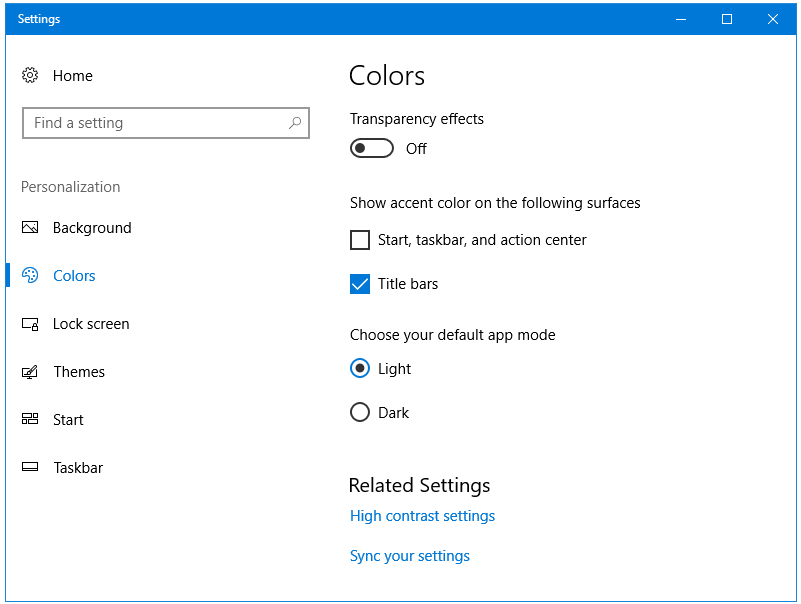
Turning off these effects reduces the GPU’s workload, helping your system run more smoothly and efficiently. This small adjustment can make a noticeable difference.
Is Hardware-Accelerated GPU Scheduling Helpful?
Hardware-accelerated GPU scheduling can be helpful for improving performance by allowing the GPU to manage tasks more efficiently, reducing CPU overhead. This can result in smoother gaming and faster rendering. However, its effectiveness depends on your system’s hardware and software compatibility. If your PC supports it, enabling this feature may provide noticeable performance improvements in GPU-heavy tasks.
Will Disabling DWM Affect My Desktop Experience?
Disabling Desktop Window Manager (DWM) will significantly affect your desktop experience. It controls features like window transparency, animations, and visual effects. Without DWM, these effects will be disabled, and your desktop will appear basic. While this may improve performance on older systems, it will also remove modern graphical elements that enhance the overall user experience.
Also Read: Only One Fan On My GPU Is Running – Clean Your GPU Fan!
Can I Adjust DWM Settings Without Disabling It Entirely?
Yes, you can adjust DWM settings without disabling it entirely. By tweaking visual effects like transparency, animations, and background apps, you can reduce GPU memory usage. Go to Settings > Personalization > Colors to turn off transparency effects. You can also adjust performance settings under System Properties to prioritize performance over visuals, all while keeping DWM running.
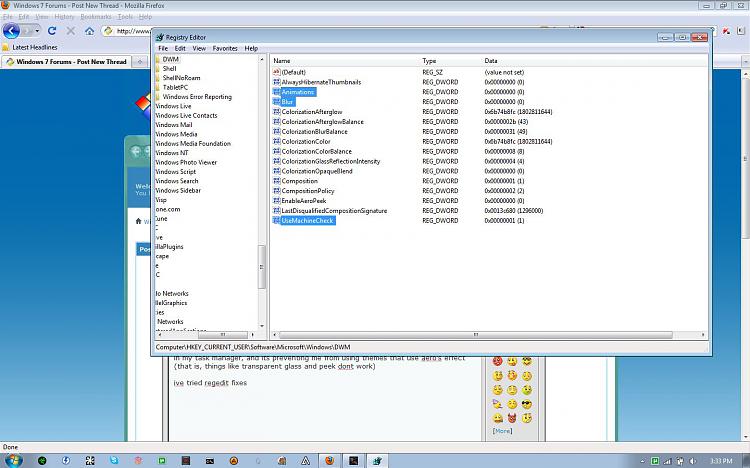
FAQs:
1. What Causes High GPU Memory Usage By DWM?
DWM may use high GPU memory due to transparency effects, outdated drivers, background apps, or system misconfigurations.
2. Is It Safe To End The DWM Process?
Yes, it’s safe. Ending the process will temporarily refresh your desktop without causing harm.
3. How Do I Know If DWM Is Using Too Much GPU Memory?
Check the Task Manager under the Processes tab. Look for DWM and review its GPU usage.
4. Does Restarting DWM Affect Running Applications?
No, restarting DWM will not close or interrupt your running applications. It only refreshes the graphical interface.
5. Can I Uninstall DWM?
No, DWM is a core Windows process and cannot be uninstalled. Disabling it is also not recommended.
6. Will Upgrading My GPU Solve DWM Issues?
Yes, upgrading to a GPU with more VRAM or better performance can help manage DWM’s memory usage more efficiently.
7. Does Closing Apps Affect DWM Usage?
Yes, reducing background apps can lower the load on DWM, freeing up GPU memory.
8. How Often Should I Update My GPU Drivers?
You should check for updates every month or whenever you experience performance issues.
Final Words:
In conclusion, to free up all dedicated GPU memory from DWM, restart the process, update GPU drivers, disable transparency effects, and close unnecessary apps. These simple steps can enhance your system’s performance, especially when gaming or multitasking. Regular updates and performance adjustments will help maintain smooth functionality and optimize GPU usage for a better experience without overwhelming system resources.
Related Posts:
- Can You Use AMD GPU With Intel CPU – Complete Guide 2024!
- CUDA Setup Failed Despite GPU Being Available – Complete Guide 2024!
- Is It Bad To Stress Test Your GPU – Risks & Safe Practices 2025!
- How To Clear GPU Memory – Solve GPU Memory Problems!

